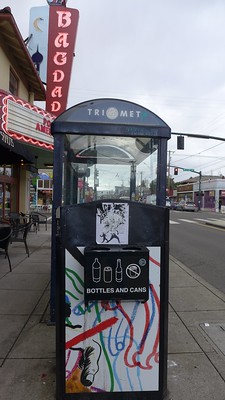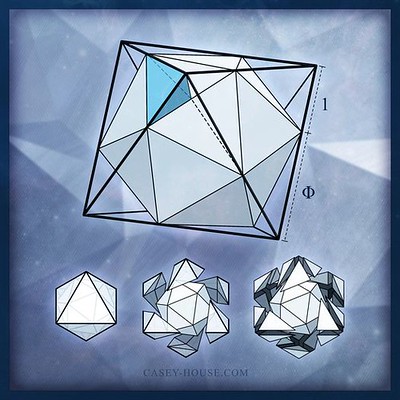The Old Man River City design is intriguing, as it simply scales up a giant sports stadium, already one of the biggest structures humans undertake. Where the OMR most logically appears next is in science fiction, giving the readership an opportunity to explore the angles. Prose and graphic novels remain the most affordable and accessible, with television and theater a close second if low budget enough, followed by the blockbuster genres.
I've got my OMRs dotting the landscape in what we call "reservations" that feature lots of untamed wilderness, bird estuary, swamp lands. A lot of biodiversity. This landscape also provides for bioengineering involving fish, sewage treatment, organic substance harvesting.
Not every OMR has the same contextualizing ecosystem, yet there'd be a family resemblance when it comes to supporting infrastructure.
Between novels and the screen come magazine covers and printed page art. We look for 2D and 3D renderings of our visions, hand drawn, computer generated, anywhere in between. The 3D renderings may involve computer aided design (CAD) skills, 3D printing, claymation, stop motion animation.
The temptation is to go straight for a military moonbase presentation, with armed forces decals everywhere, and many authors will take this route. Sovereign nation iconography adds realism in multiplies the number and flavor of gift shop and restaurant options.
A cosmopolitan armed force might get by less with outward weaponry than with a gift of the gab, PR chops. This seems to be the fantasy already.
My focus has been to cater to refugee populations already penned in to squalid living situations. An OMR, to such folks, could be one of lowering population density, and raising living standards, rather than overcrowding to claustrophobic levels. The floorspace devoted each family in an OMR might be considerably greater than previously experienced in some refugee tent or apartment block, and yet the use of space is efficient.
Must an OMR be a complete stadium shape, must it be domed over as in the original models?
Why not make it more of an amphitheater? Where does the airport go?
Airplanes tend to be loud and airports are expensive, so a few OMRs might share the same one, along with more conventional cities and suburbs? Smaller airports serve the bigger ones. Trains might serve the smaller ones, such that OMR residents rarely have to contend with airplane or helicopter noise.






